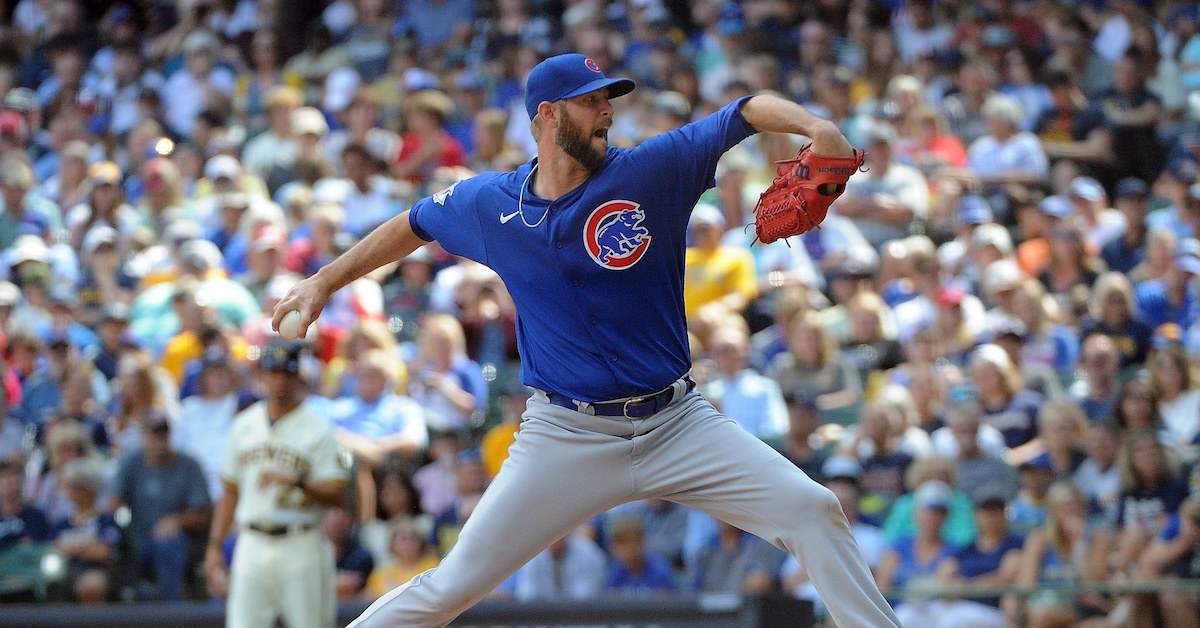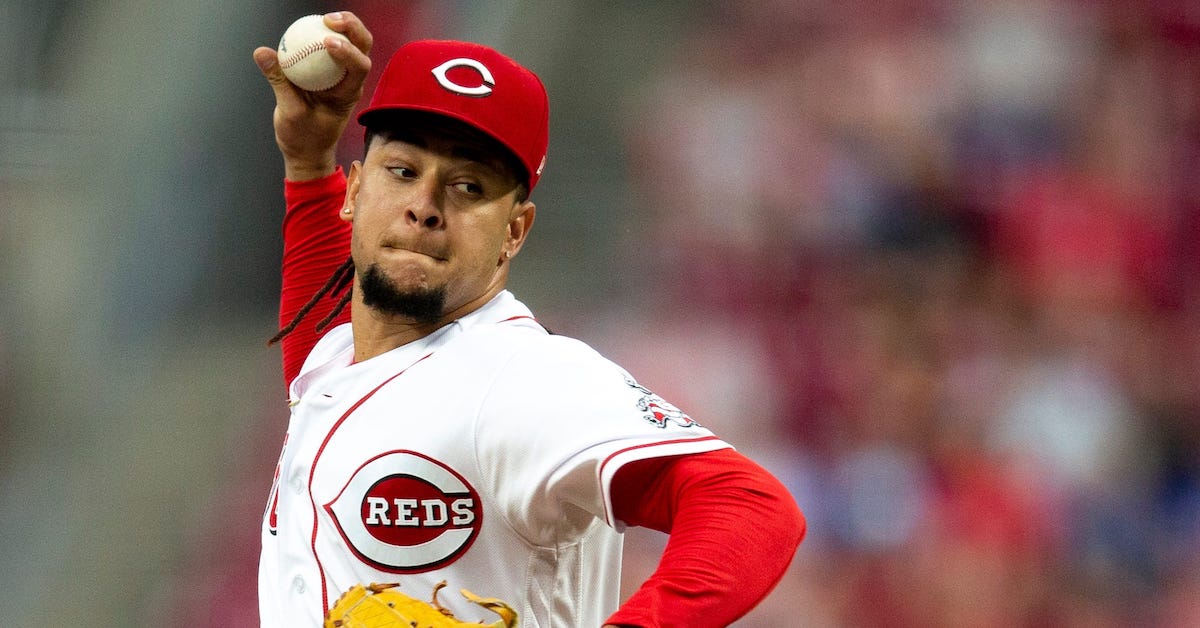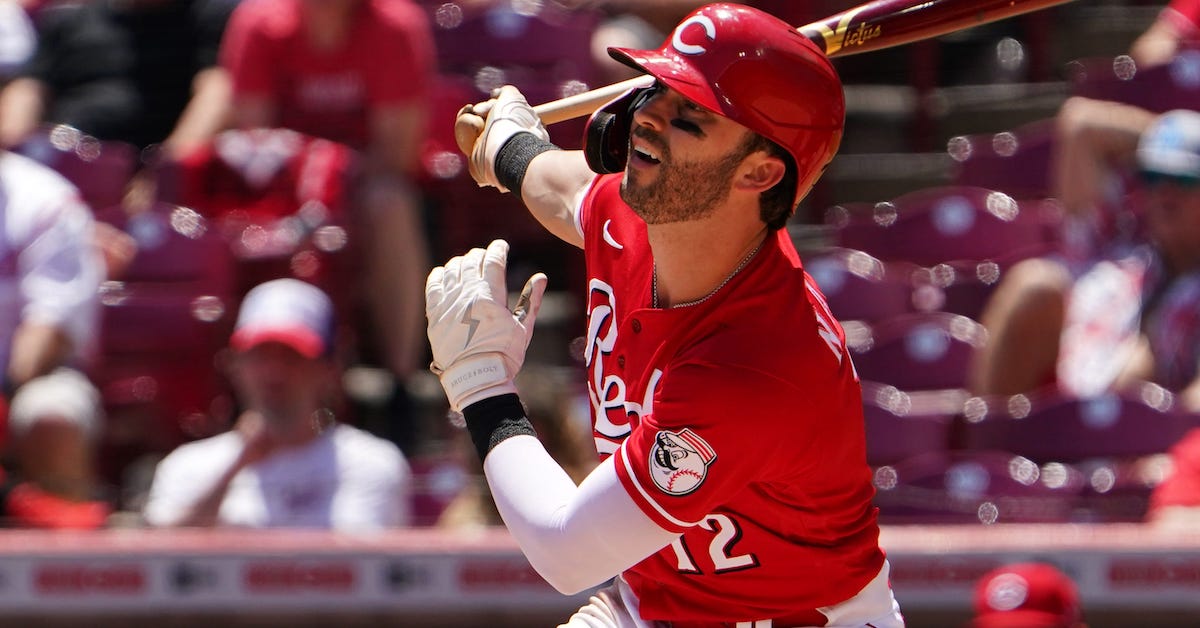Dodgers and Cubs Make Mutually Beneficial Swap of Martin, McKinstry

On Saturday, the Dodgers acquired steady 36-year-old reliever Chris Martin from the Cubs in exchange for utilityman Zach McKinstry, who has spent most of the season at Triple-A Oklahoma City.
This is Martin’s seventh major league organization (Red Sox, Rockies, Yankees, Rangers, Braves, Cubs, Dodgers), but his journey has been even more winding and complex than that. Martin was a draft-and-follow by the Rockies in 2005 but blew out his shoulder during his sophomore year at McLennan Junior College in Texas and needed labrum surgery, so he went unsigned. He was again passed over in the 2006 draft and spent parts of four years in Independent Ball before signing with the Red Sox. He was traded to the Rockies as the secondary piece in a deal for Jonathan Herrera (Franklin Morales was the headline prospect), and then was traded to the Yankees for cash not long after that. He threw 20 innings for the Yankees before spending two seasons in Japan with Hokkaido. There, Martin learned a splitter from a then 21-year-old Shohei Ohtani before returning to MLB with Texas. He was a Braves deadline acquisition in 2019, and was with Atlanta in ’20 and ’21 before signing with the Cubs this past winter. Read the rest of this entry »







